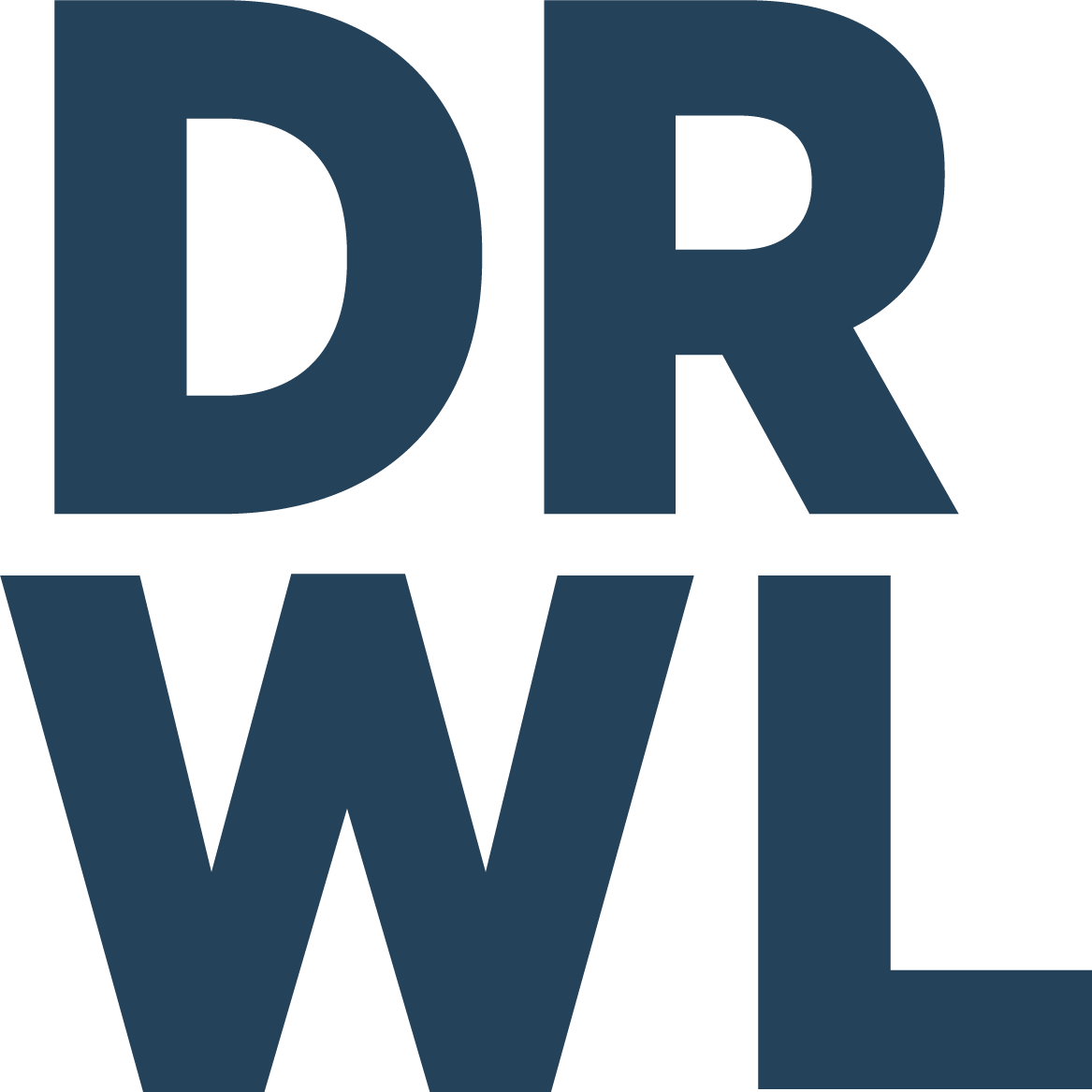How are PLOPs important?
In the complex and ever-evolving landscape of special education, Individualized Education Programs (IEPs) stand as crucial tools to provide tailored support for students with disabilities. At the core of the IEP process lies the essential connection between a student's present levels of performance (PLOPs) and the subsequent development of relevant goals.
Understanding present levels of performance (PLOPs)
In the context of special education, "PLOP" stands for Present Levels of Performance. PLOP refers to a detailed assessment or evaluation of a student's current skill set, academic performance, and functional abilities. It provides a snapshot of the student's strengths, weaknesses, and individual needs within an educational context.
PLOPs are typically determined through various methods, including formal assessments, informal observations, data analysis, and input from educators, therapists, and parents. The assessment process may involve evaluating the student's academic achievements, social and emotional development, communication skills, adaptive behavior, motor skills, and other relevant areas based on their specific disability or learning challenges.
The purpose of establishing PLOPs is to gather comprehensive information about the student's abilities and challenges, allowing educators and the individualized education program (IEP) team to develop appropriate goals and tailor instruction to meet the student's unique needs. By understanding the student's present levels of performance, educators can create individualized educational plans that address specific areas of need and foster growth and progress.
Unraveling the critical link between PLOPs and IEP goals
IEPs serve as the bedrock for supporting students with disabilities, ensuring they receive the necessary accommodations and modifications to thrive academically and personally. The establishment of IEP goals relies heavily on the analysis and understanding of a student's PLOPs. This deliberate connection between PLOPs and IEP goals aims to create meaningful, measurable, and attainable objectives that effectively address the specific areas of growth and improvement identified through the PLOP assessment.
PLOPs not only aid in the initial establishment of IEP goals but also serve as a benchmark for monitoring progress. Regular assessments and progress monitoring allow educators to evaluate whether the student is making adequate strides towards the established goals. In cases where progress falls short of expectations, adjustments can be made to the goals or instructional strategies, ensuring that the student's evolving needs are met effectively.
The symbiotic relationship between PLOPs and IEP goals underscores the importance of collaboration and communication among the student's educational team. Teachers, parents, special education professionals, therapists, and other stakeholders should work in unison to ensure that the goals are appropriately aligned with the student's PLOPs. Regular meetings and progress reviews provide an opportunity to discuss the student's development, make necessary adjustments to goals if required, and maintain a shared understanding of the student's educational journey.
PLOPs and IEP goals in action
How does this work? Let's use "Sarah" as an example.
Present level of performance (PLOP): The student, Sarah, is in the fifth grade and has been diagnosed with dyslexia. She reads at a second-grade level, struggles with decoding words, and has difficulty comprehending grade-level texts.
IEP goal: By the end of the IEP year, Sarah will improve her reading comprehension skills to a third-grade level, as measured by standardized assessments and teacher observations.
Explanation: The PLOP assessment indicates that Sarah is significantly below grade level in reading and struggles with decoding and comprehension. Based on this assessment, the IEP team has generated a specific goal to address Sarah's needs and provide appropriate support. The goal is designed to improve her reading comprehension skills to a third-grade level by the end of the IEP year.
Components of the goal:
Specific: The goal focuses on improving Sarah's reading comprehension skills.
Measurable: The goal can be measured through standardized assessments and teacher observations.
Attainable: While Sarah is significantly below grade level, the goal is attainable within the IEP year, considering her individualized instruction and support.
Relevant: The goal directly addresses the challenges identified in Sarah's PLOP assessment.
Time-Bound: The goal specifies that improvement should be achieved by the end of the IEP year.
Strategies and accommodations: The IEP would also outline the specific strategies and accommodations to support Sarah's goal, such as providing reading interventions, utilizing multisensory approaches, offering additional practice materials at her reading level, and providing assistive technology tools, such as text-to-speech software or audiobooks. The IEP team would regularly monitor Sarah's progress and make adjustments to instruction and interventions as needed.
By aligning the IEP goal with Sarah's PLOP, educators can address her specific reading challenges, provide targeted interventions, and track her progress over time. This approach ensures that Sarah receives the necessary support to make meaningful gains in her reading comprehension skills, ultimately helping her succeed academically.
Understanding the intricate relationship between PLOPs and IEP goals is paramount in creating effective educational plans for students with disabilities. PLOPs provide a comprehensive assessment of a student's current abilities and needs, acting as a solid foundation for developing targeted and meaningful IEP goals.
By aligning these goals with the PLOPs, educators can tailor instruction to meet the specific needs of each student, monitor progress, and make adjustments as necessary. Through collaboration and open communication, the educational team can work together to ensure that the IEP goals reflect the student's unique strengths, weaknesses, and potential for growth. Ultimately, by establishing a strong connection between PLOPs and IEP goals, educators can provide the necessary support for students with disabilities to thrive academically and reach their full potential.
Have questions? Send me an email!
